From Blue-Footed Boobies to Mockingbirds: 10 Must-See Birds in the Galápagos
The hardest part about birdwatching in the Galápagos Islands is convincing yourself that the wondrous creatures you’re seeing are actually real. I, for one, was amazed by my first sighting of Blue-footed Boobies because, unlike the birds back home, they didn’t flee. “For any birdwatcher, it is a dream to be able to observe a bird without being afraid it will fly away,” says Galápagos native Aura Banda, who works as a Silversea Expeditions naturalist guide. “But that’s the Galápagos!” she states.
Birdwatching in the Galápagos
Between seabirds that can’t get wet and finches that inspired Charles Darwin’s theory of natural selection, the Galápagos Islands are rich with remarkable avian life. “It’s not the number of species that make the islands so special,” Banda explains. “It’s the unique species that we have that exist nowhere else on the planet.” Bird species can vary from one island to the next, even those close to one another, making it a great adventure to find them all.
Here are 10 essential bird species to search for when birdwatching in the UNESCO World Heritage protected Galápagos Islands:
1. Blue-footed boobies and red-footed boobies
Perhaps the most recognizable Galápagos bird is the Blue-footed Booby, a goofy seabird with bright blue feet and a very entertaining mating dance. While there are no Masked Boobies in the Galápagos, visitors can spot the nesting sites of their red-footed cousins on San Cristobal Island. Binoculars are always vital for any birdwatching adventure. But the bright legs and unfazed personalities of these boobies may render them unnecessary. “A field guide can also help you identify them,” Banda suggests, explaining that a certified Naturalist Guide from the Galápagos National Park typically accompanies visitors.
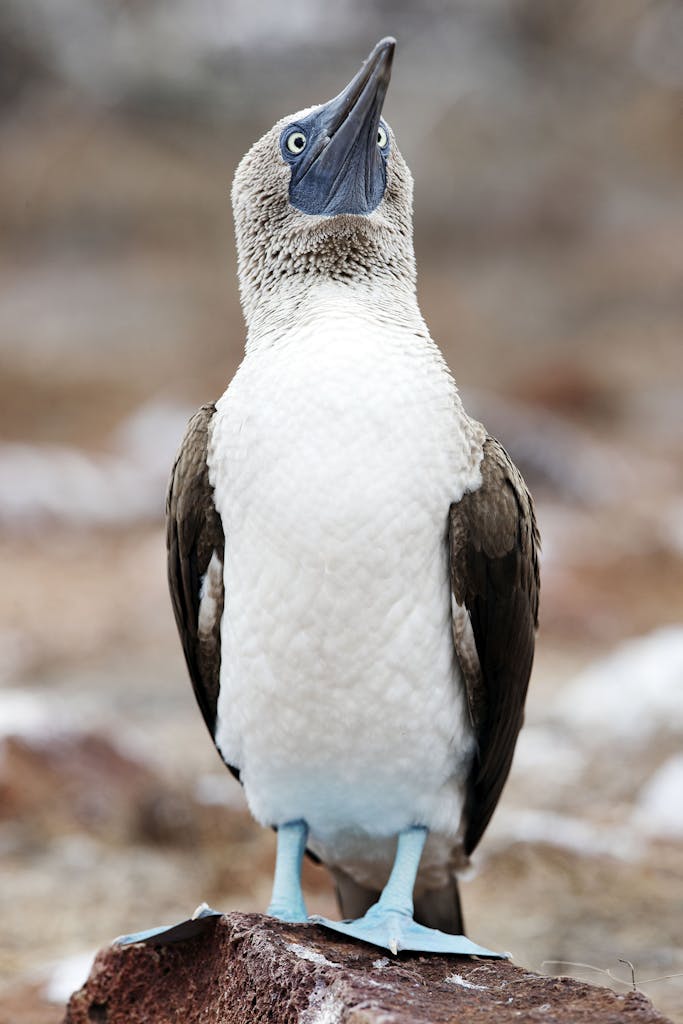
2. Flightless Cormorant
While most cormorants seem to be on the verge of losing their ability to fly, due to their unique behavioral traits and their upright posture, the aptly named Flightless Cormorant has actually done it. It’s an evolutionary response to having no land-based predators threatening them. This endemic species thrives on the islands of Fernandina and Isabela, and their nesting site is part of Silversea’s western itinerary. Utterly unique to the islands, the Galápagos’ flightless bird is another excellent example of the extreme speciation for which the archipelago is famous.
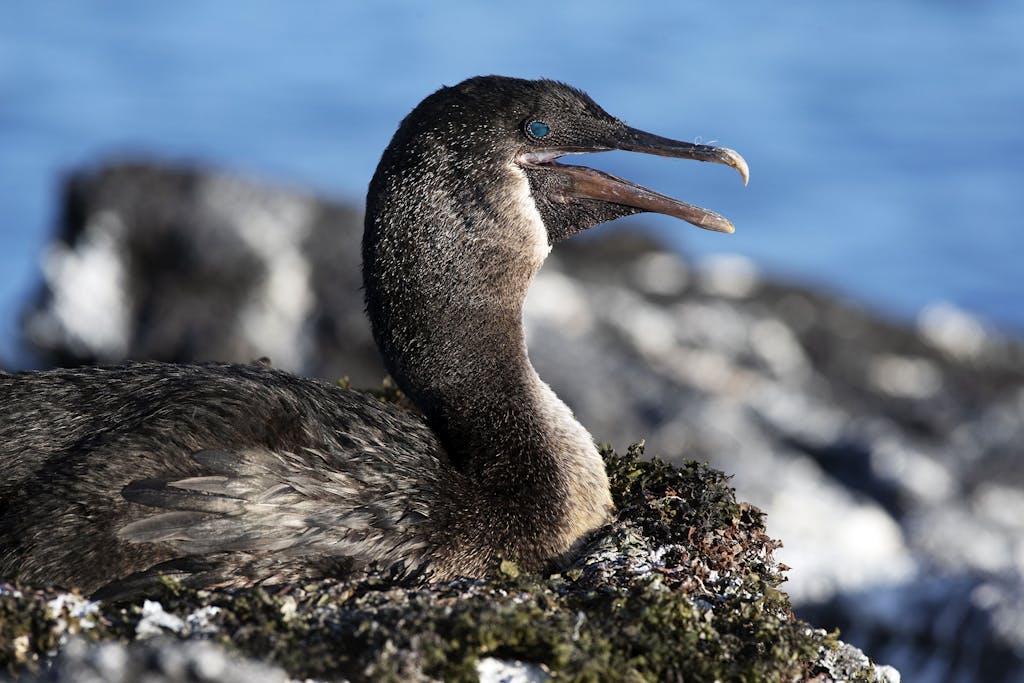
3. Galápagos Penguin
Most penguins live far below the equator. The endemic Galápagos Penguin, however, has adapted to the uniquely calm waters located at this tropical latitude. It’s the sole penguin species to live in the Northern Hemisphere, even though they’re found just ever so slightly above the equator. Banda studied the Galápagos Penguin during her thesis. Today, she combines her work as a guide with furthering their conservation so that visitors to the islands can still enjoy seeing them in their natural habitat.
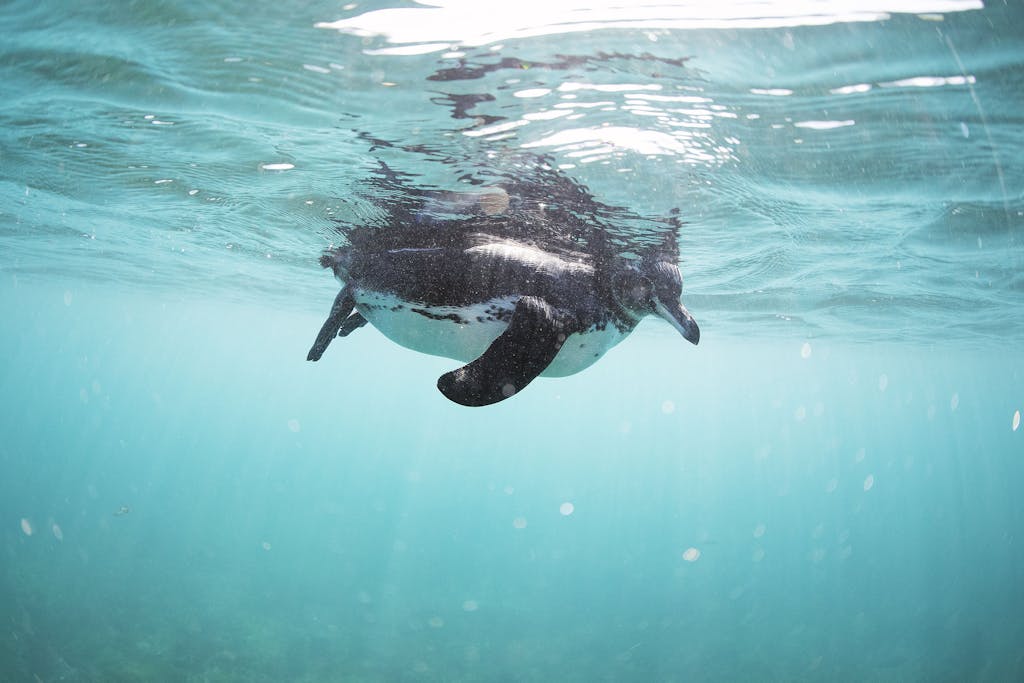
4. Galápagos Hawk
This endemic raptor is one of the few predatory animals found in the Galápagos Islands. Darwin encountered this fearless hawk throughout his stay. The population has unfortunately dwindled to fewer than 200 breeding pairs. But their curious personalities and dramatic dive-bombing mating rituals are just as captivating to watch today as they were in Darwin’s day.
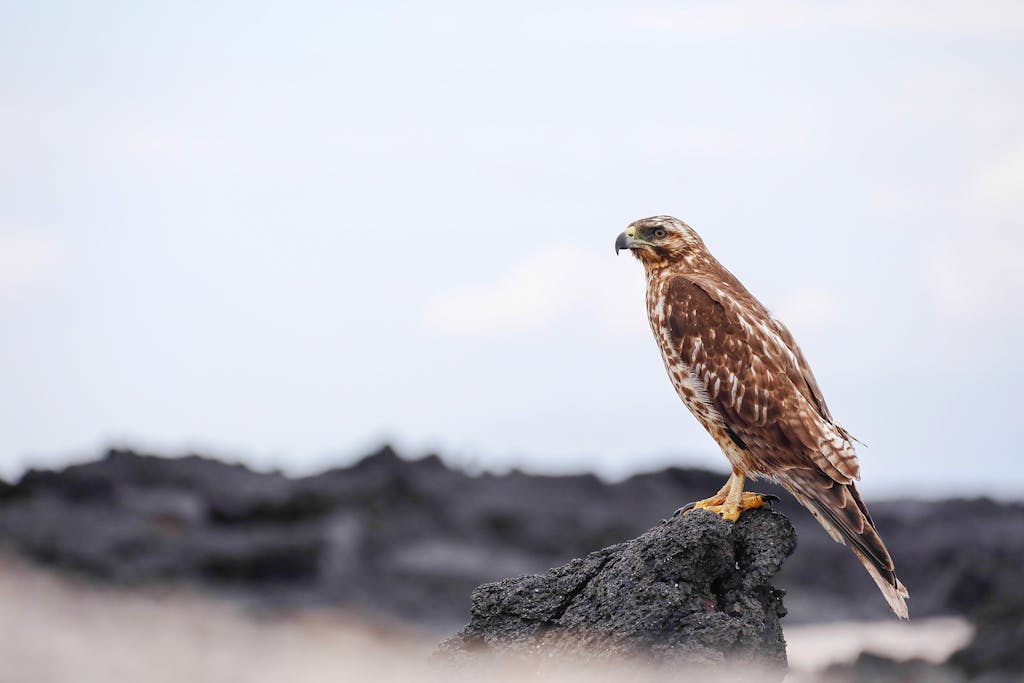
5. Darwin’s Finches
Roughly 15 endemic finch species in the Galápagos led to our modern understanding of evolution. And, when witnessed first-hand while visiting the islands, Charles Darwin’s theory of natural selection is made clear. Minor physical and behavioral differences between Darwin’s finches illuminate the way all species evolve to thrive in their respective environments. It can still be challenging to tell the birds apart, so Banda urges visitors to head to the highlands of Santa Cruz if Darwin finches are of interest. “The lush environment is home to different species: the Warbler Finch, and with patience and good luck, maybe the Woodpecker Finch,” she explains.
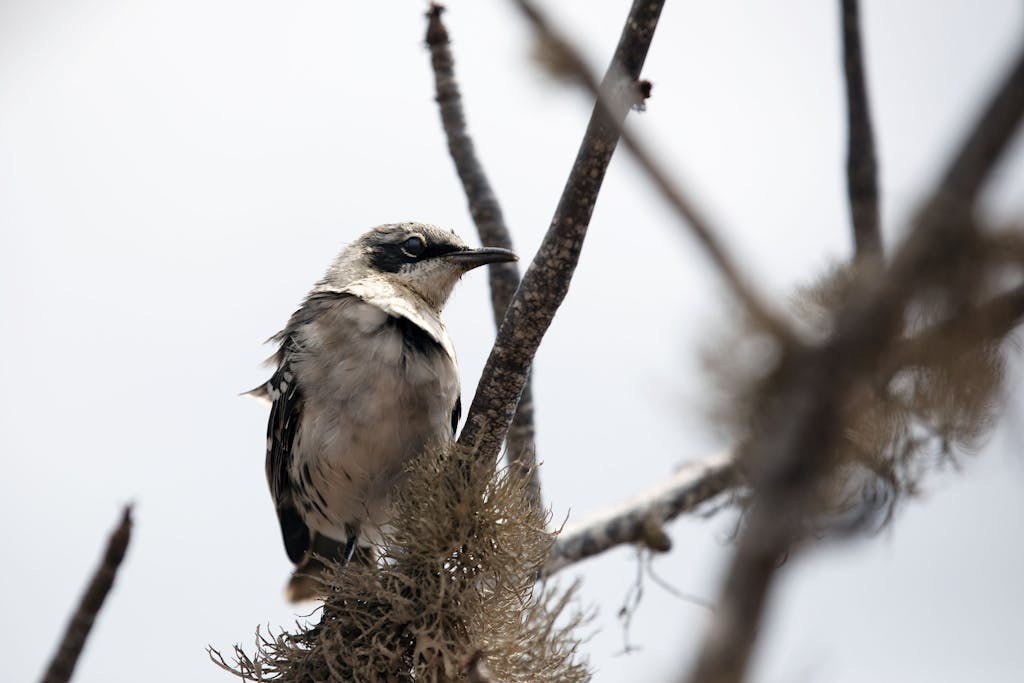
6. Magnificent Frigatebird
With a massive wingspan that keeps them gracefully airborne for seemingly endless periods, the largest of the frigatebirds has earned its “magnificent” title. Despite being a seabird, frigatebirds cannot swim or get wet. They feed by catching fish from the surface of the water or by stealing from other seabirds (known as kleptoparatism). It’s an extraordinary sight to see — you find yourself holding your breath as they skirt the surface of the sea. These are particularly easy birds to spot when birdwatching in the Galápagos Islands because they are almost continually soaring overhead. The inflatable scarlet breast of the male Magnificent Frigatebird isn’t always visible, though, so be sure to keep an eye out for when they’ve puffed up.
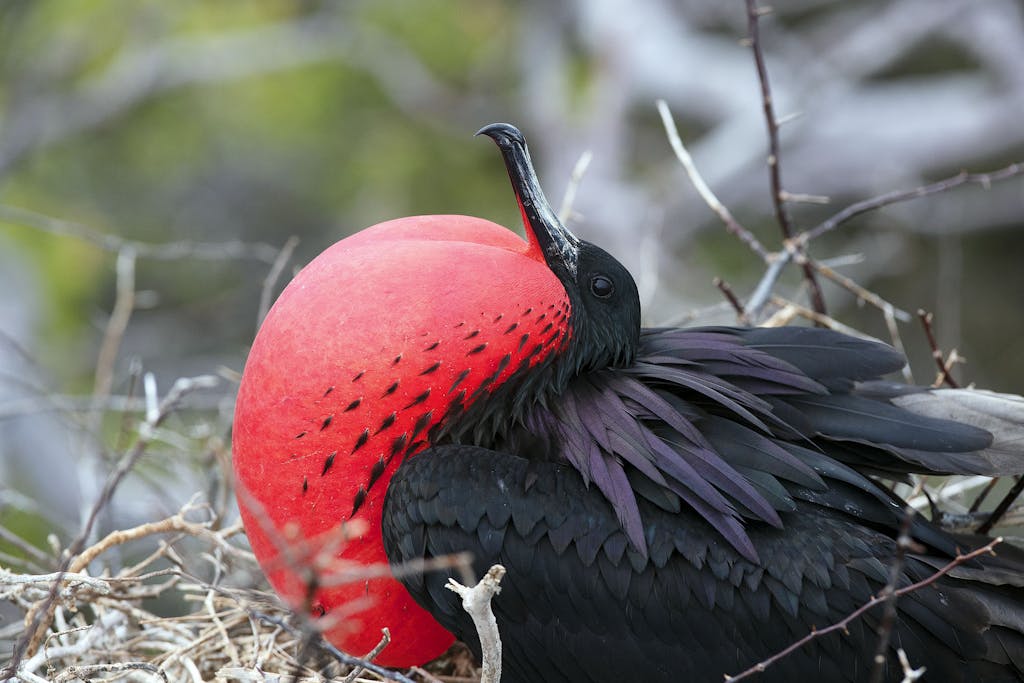
7. Waved Albatross
“The Galápagos is a paradise for seabirds,” Banda says. This statement also holds true, and perhaps even more so, for those who love them. The only tropical albatross nests mainly on the Galápagos, but it also flies to the coasts of Peru and Ecuador when they aren’t breeding. The birds can be found in the Galápagos only from April through December, so Silversea’s North Central itinerary is the best way to spot them on the island of Española. As dynamic soarers, they are an incredible sight to observe, but you may catch them trying to take off or land in a bumbling manner.
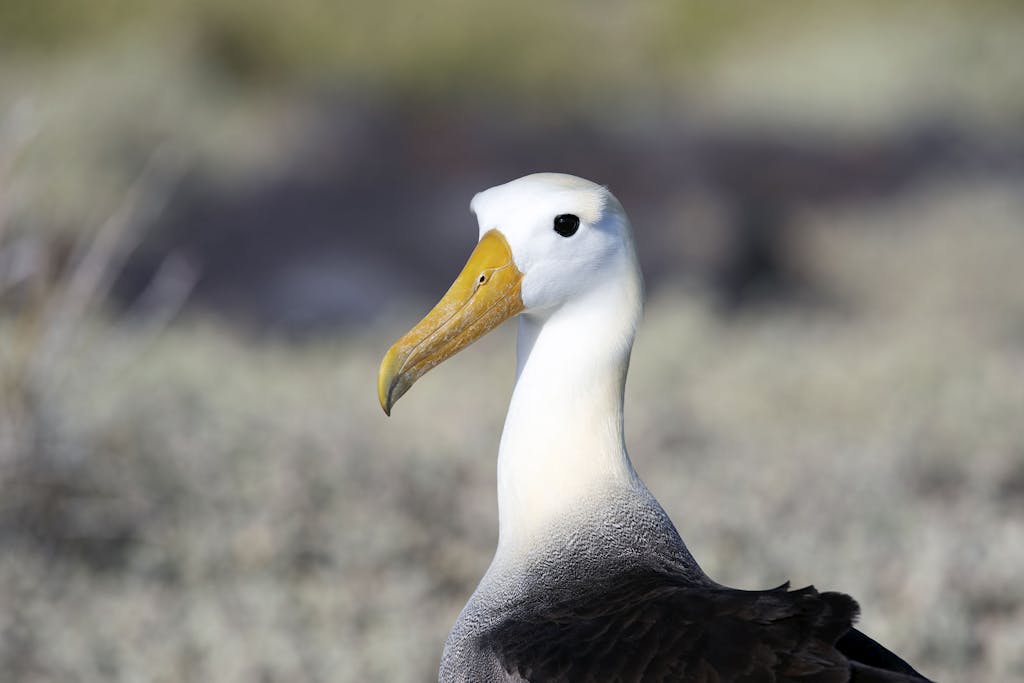
8. Swallow-Tailed Gull
Gulls may seem unremarkable, but like almost all life forms in the Galápagos, the endemic Swallow-tailed Gull takes things to the next level. It’s the only entirely nocturnal gull in the world and boasts full night vision and lacks the circadian rhythm that drives most other bird species. Search for these black-headed, fork-tailed seabirds along rocky shores and coasts. If you’re lucky, you may even spot its cousin — the Lava Gull — which is recognized by many as the rarest gull in the world.
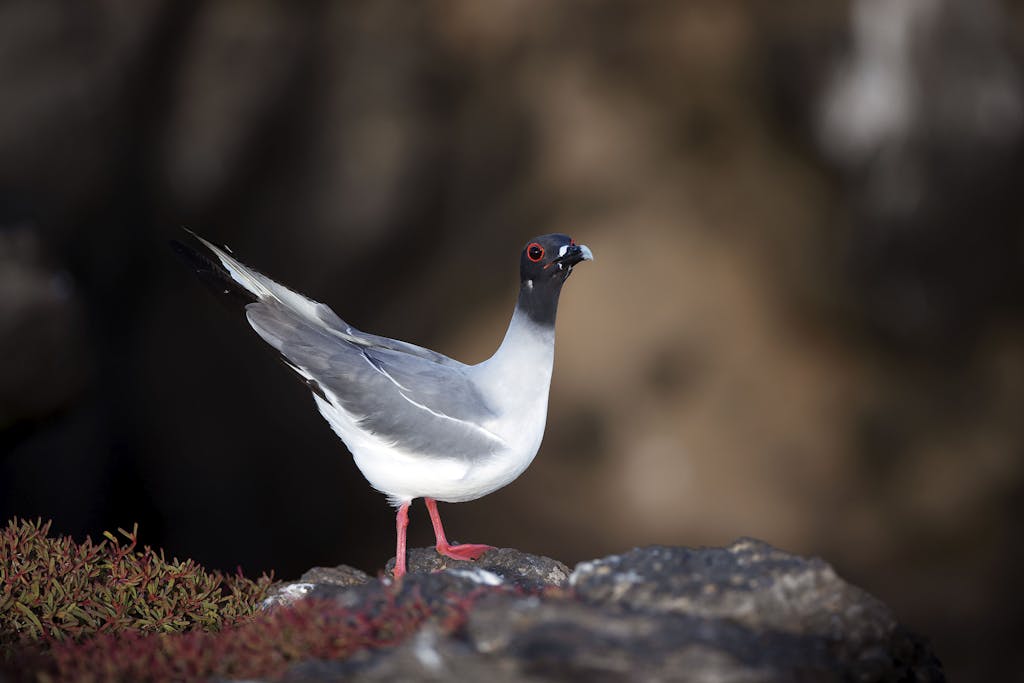
9. Galápagos Short-Eared Owl
prey — the Wedge-rumped Storm Petrel. These owls are visible throughout the Galápagos Islands, usually at night, but also during the day when their predator, the Galápagos Hawk, is absent. “Genovesa offers a good opportunity to spot the Short-eared Owl,” Banda advises. They can be spotted hunting seabirds and waiting on the ground for their prey to emerge from caverns in the rocky coast.
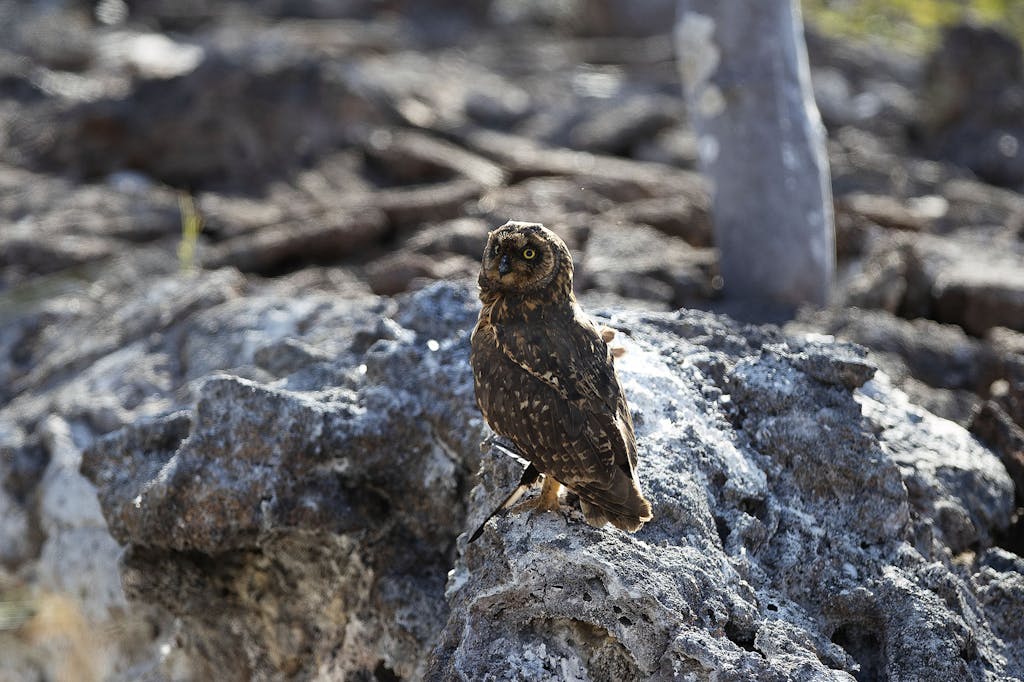
10. Galápagos Mockingbird
There are several mockingbird species to admire while birdwatching in the Galápagos. Still, the titular bird is the most widespread throughout the islands, making it the most likely to check off your Galápagos bird list. “The best way to see as many species as possible is to consider taking both itineraries,” Banda suggests. Even from one week to the next, the wildlife you see can varies. In the case of the Galápagos Mockingbird, bring binoculars to spot this small species or any of the mockingbird subspecies’ endemic to their relative islands.

Along with these 10 must-see bird species there are plenty of other winged creatures waiting to be spotted in the Galápagos Islands, where the remote environment has allowed unique flora and fauna to thrive as it did when Darwin first set foot here.
Want to see the legendary mating dance of the Blue-footed Boobies? Explore the Galápagos on Silver Origin.
